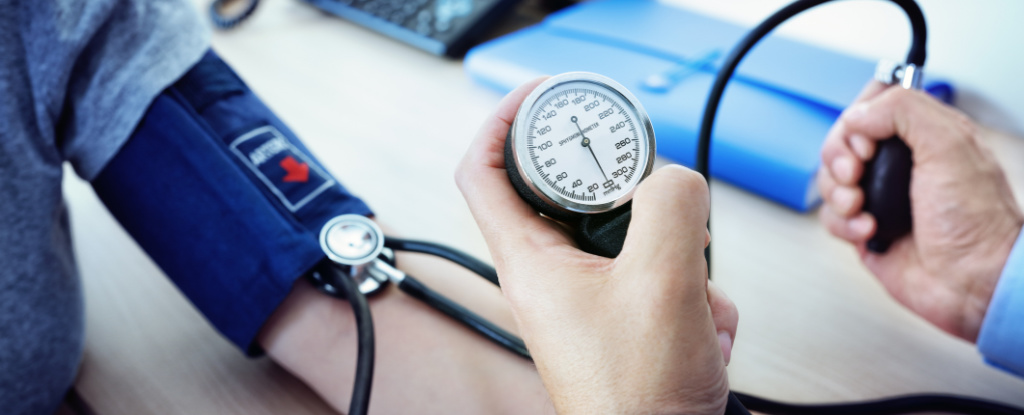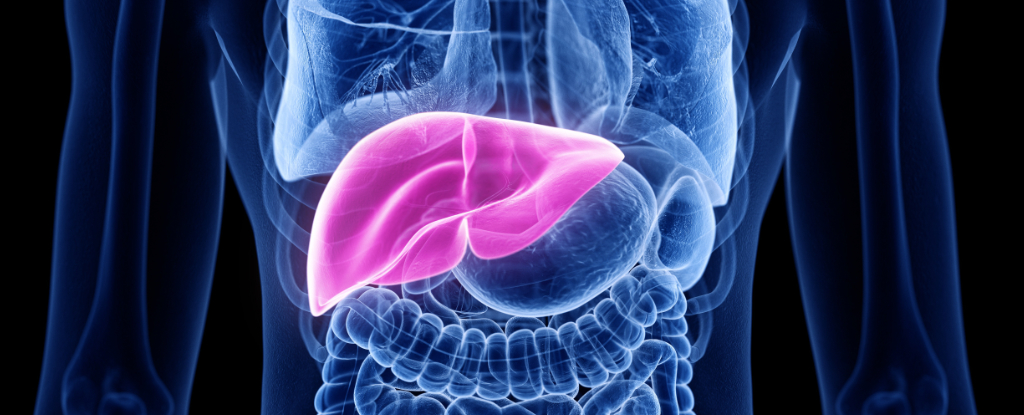As amazing as it sounds, nearly half of Americans ages 20 and older — or more than 122 million people — have high blood pressure, according to a 2023 report of the American Heart Association.
And even if your numbers are normal right now, they are likely to increase with age; More than three quarters of Americans age 65 and older have high blood pressure.
High blood pressure, also known as hypertension, is a major risk factor for heart disease and stroke.
Our research finds that most Americans don’t know what the normal or healthy range for blood pressure is — but amazingly, they think they do. And that is a cause for serious concern.
we are a Health communications expert And a cardiologist. Along with ours Health communications staffwe surveyed more than 6,500 Americans about their knowledge of blood pressure.
They were recruited through the Study Understanding Americaa nationally representative sample of US citizens.
That’s what we found in our new study, published in January 2023 64 percent expressed confidence in their understanding of blood pressure readings — but only 39 percent actually knew what normal or healthy blood pressure is.
False trust, deadly consequences
Such false trust can be harmful as it can discourage people from seeking treatment for high blood pressure. If you think it’s normal, why would you talk to your doctor about your blood pressure?
Part of the reason for this overconfidence starts in the doctor’s office. Typically, a nurse will bring a blood pressure cuff, place it on your upper arm, and take a reading. The nurse can announce the result, remove the cuff and record it for the doctor.
When the doctor comes, the session can move on to other topics without a word about blood pressure measurement.
This is likely happening because your doctor wants to focus on how you are feeling and why you are there. As a result, you may walk out of your appointment thinking your blood pressure is fine when it isn’t.
About 70 percent of Americans will have high blood pressure in their lifetime. In addition, only 1 in 4 patients suffer from high blood pressure have their blood pressure under control. And because high blood pressure usually has no symptoms, You can have it without even knowing it.
Understanding your blood pressure readings is important to lowering your risk of heart attacks and strokes. This is especially true for patients with conditions such as heart disease, kidney disease, and diabetes.
What the numbers mean
blood pressure is reported with two numbers. The first number is yours systolic blood pressure; It measures the pressure in the arteries when the heart is beating. The second number, yours diastolic blood pressuremeasures the pressure in your arteries between heartbeats.
Normal or healthy blood pressure is less than 120/80 millimeters mercury (mmHg) for adults.
This is a unit of measure that originated from early sphygmomanometers that measured how far your blood pressure could push a column of liquid mercury. For most patients, lower tends to be better.
Stage 1 hypertension, which is the lower stage of high blood pressure, starts at 130/80.
Stage 2 hypertension, the more severe stage of hypertension, starts at 140/90.
Both numbers are critical because every 20 millimeters of mercury increase in systolic blood pressure or 10 millimeters of mercury increase in diastolic blood pressure doubles a person’s chances dying of a heart attack or stroke.
10 tips for a healthier blood pressure
To avoid false confidence, ask about your blood pressure every time you see a doctor and find out what the numbers mean. If your blood pressure is above the normal or healthy range, the American Heart Association recommends the following 10 tips.
- Talk to your doctor. If your blood pressure is highask your doctor about blood pressure lowering strategies and how to track your blood pressure at home.
- Eat a heart-healthy diet. Vegetables, fruits, whole grains, low-fat dairy, skinless poultry and fish, nuts and legumes, and olive oil are all good for your heart. Red meat, saturated and trans fats, and ultra-processed foods are bad for your heart.
- Reduce salt, which raises blood pressure. The Dietary Guidelines for Americans recommend no more than 2,300 milligrams of sodium per day — that’s less than a teaspoon — but the US Food and Drug Administration reports that the The average American consumes about 3,400 milligrams daily, around 50 percent more than recommended. Even if you don’t add salt to your meals, you can still get too much of it ultra-processed foods. A portion of canned chicken noodle soup has 680 milligrams of sodium. A McDonald’s Big Mac has 1,010 milligrams of sodium.
- Limit your alcohol consumption. Whether beer, wine or spirits, Alcohol increases your blood pressure. It is better not drink alcoholbut if you do, observe the recommended limits Dietary Guidelines for Americans. For women, that’s one drink a day at most. For men, it’s a maximum of two drinks a day. A drink is 12 ounces of beer, 4 ounces of wine, 1.5 ounces of 80% spirits, or 1 ounce of 100% spirits.
- Be more physically active. Only two and a half hours of physical activity per week can help lower blood pressure. That is, for example, a 30-minute walk five days a week. You can also improve your physical activity by swimming, weight lifting, yoga or dancing.
- Maintain a healthy weight. Can even lose a few pounds help treat high blood pressure in obese people. Ask your doctor about a healthy approach to weight loss.
- Deal with stress that’s bad for your blood pressure. During stress relief does not always lower blood pressure, Lowering your stress levels can help you feel better. The Mayo Clinic recommends several ways to cope with stressincluding learning to say no sometimes, spending time with family and friends, and meditating.
- If you smoke, vape, or both, stop now. Both are bad for your heart and blood vessels And contribute to high blood pressure. Quitting smoking can reduce your risk of heart disease almost at the same level than people who have never smoked. And the benefits of quitting start immediately. A recent study found that people quit after just 12 weeks had lower blood pressure when they were still smoking. The Centers for Disease Control and Prevention have Recommendations for programs and medications this can help you quit.
- Take medications that are often recommended for people with stage 2 hypertension and for some with stage 1 hypertension, including those who also have heart disease, kidney disease, or diabetes. most patients need two to three medications to lower blood pressure to a normal or healthy level. A recently meta-analysis demonstrated that medication can lower systolic blood pressure by 5 mm Hg reduces the risk of major cardiovascular events by about 10 percentregardless of baseline blood pressure or previous diagnosis of cardiovascular disease.
- Track your blood pressure at home. The American Heart Association recommends one automatic, validated cuff-style monitor that goes on the upper arm. Keeping a record of readings over time can help your doctor adjust your treatments as needed.
Hypertension is a silent killer. Being proactive and knowing your numbers can be a lifesaver.![]()
Wandi Bruine de BruinProfessor of Public Policy, Psychology and Behavioral Sciences, USC Sol Price School of Public Policy, USC Dornsife College of Literature, Arts and Sciences And Markus Huffmanmedical professor, Washington University in St. Louis
This article is republished by The conversation under a Creative Commons license. read this original article.





